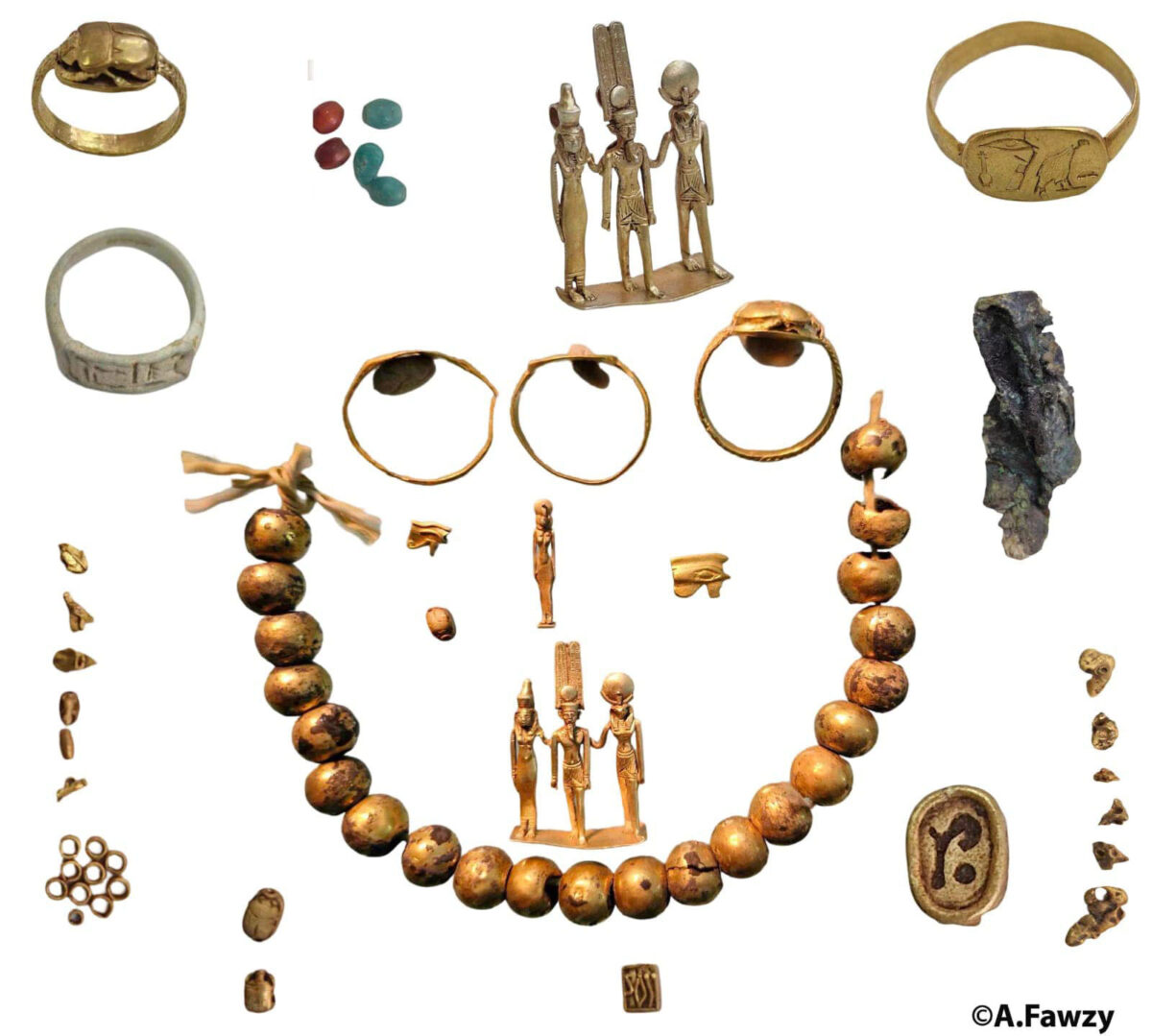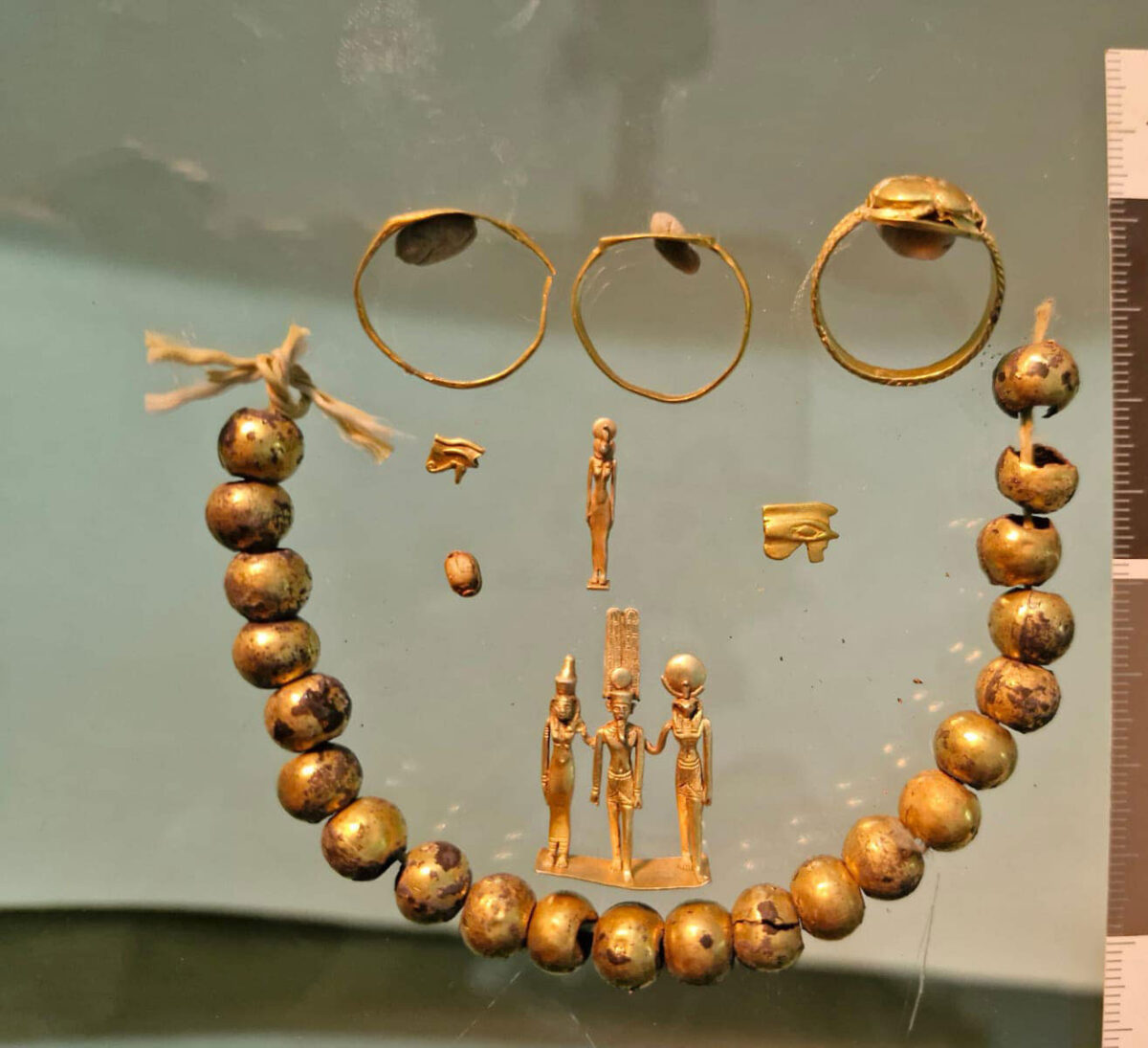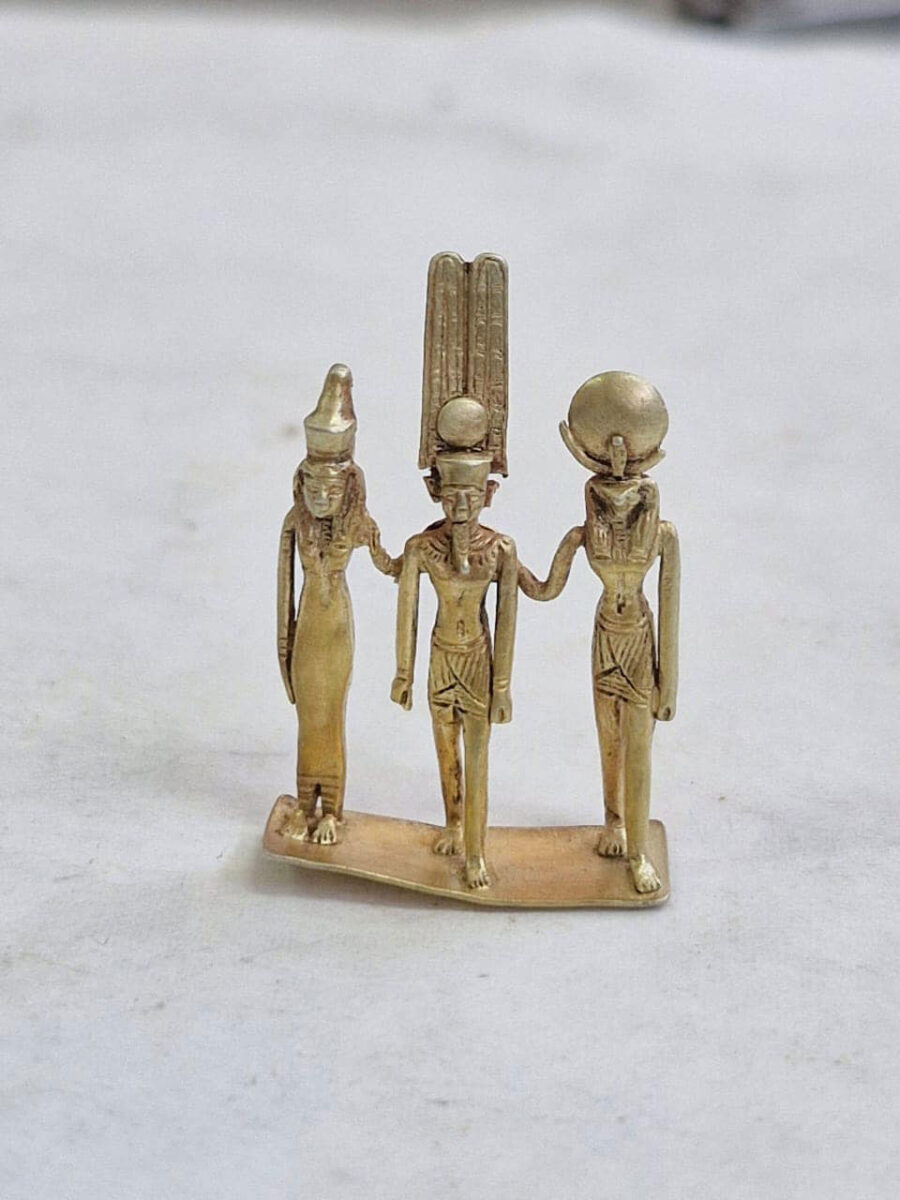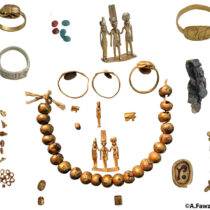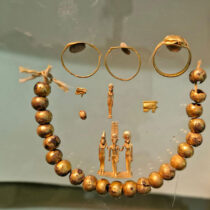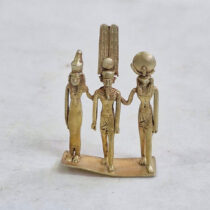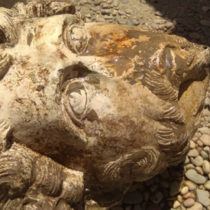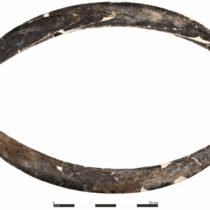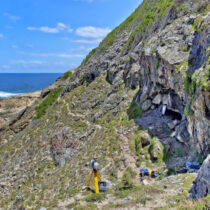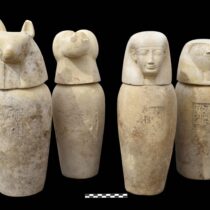A collection of jewelry dating back to the early 26th Dynasty has been successfully uncovered during excavation work conducted in the northwestern sector of the Karnak Temple complex. The discovery was made by the Egyptian-French archaeological mission affiliated with the Egyptian-French Center for the Study of the Karnak Temples (CFEETK), in collaboration with the Supreme Council of Antiquities and the French National Center for Scientific Research (CNRS).
Mr. Sherif Fathy, Minister of Tourism and Antiquities, praised this fruitful cooperation between the Egyptian and French archaeologists, particularly as it is part of a large-scale project within the Karnak Temple complex. The project aims to enhance the open-air museum area and improve the services offered to visitors, enriching the tourist experience. The mission has updated visitor pathways in the museum, installed a new lighting system, and worked on the restoration and reassembly of King Amenhotep I’s shrine. These efforts fall within the broader initiative to develop the open-air museum, transforming it into a major tourist attraction for both Egyptians and international visitors.
Dr. Mohamed Ismail Khaled, Secretary-General of the Supreme Council of Antiquities, emphasized the importance of this discovery, as it provides a clearer understanding of the Karnak Temple complex and its historical development during the first millennium BCE.
Mr. Mohamed Abdel-Badie, Head of the Egyptian Antiquities Sector, stated that the jewelry collection includes gold and metal rings, small gold amulets, a triad statue depicting the ancient Egyptian deities Amun, Mut, and Khonsu, as well as a metallic brooch, amulets representing deities in animal forms, and a large number of beads, some of which are gold-plated.
Dr. Abdel Ghaffar Wagdy, Director-General of Luxor Antiquities and head of the Egyptian side of the mission, stated that the team is currently working on the restoration and documentation of these discoveries, which will later be displayed at the Luxor Museum.
Dr. Jérémy Hourdin, head of the French team, mentioned that the research team continues its studies in the area north of the Karnak Temple complex, where numerous large mudbrick structures dating back to the early 26th Dynasty have been uncovered. These structures were likely used as workshops or storage areas associated with the Karnak Temple or other places of worship.
Karnak is Egypt’s largest surviving temple complex. Due to being one of the most important cultic spaces in the history of Egypt, Karnak had been home to an unimaginable number of precious items, as older cultic objects were replaced with newer ones, and an array of offerings flooded it for over 2000 years. The practice of burying such objects in the temples’ premises in an act of disposal has resulted in some of Egypt’s most important discoveries, which include the Karnak Cachette of statues, and, around ten years ago, another collection of Late Period artifacts.
